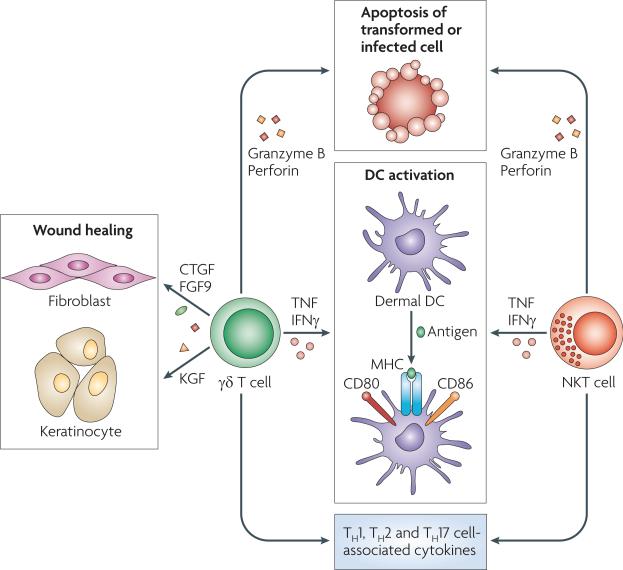Figure 4. Unconventional T cells in the skin.
Unconventional T cells, such as γδ T cells and natural killer T (NKT) cells, are involved in skin immunosurveillance. Both γδ T cells and NKT cells are cytolytic and release granzyme B and perforin and cause apoptosis of transformed or infected cells. They activate dermal dendritic cells (DCs) by producing tumour necrosis factor (TNF) and interferon-γ (IFNγ). Moreover, γδ T cells produce growth factors that are essential for wound healing, such as connective tissue growth factor (CTGF), fibroblast growth factor 9 (FGF9; also known as GAF) and keratinocyte growth factor (KGF). Finally, both γδ T cells and NKT cells produce cytokines that are usually associated with T helper 1 (TH1), TH2 and TH17 cells.

